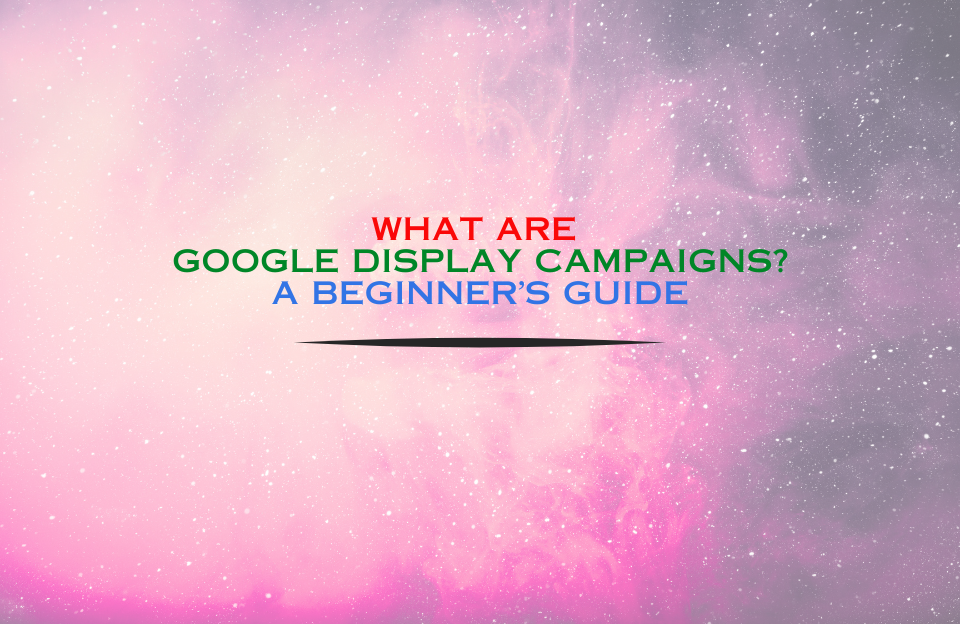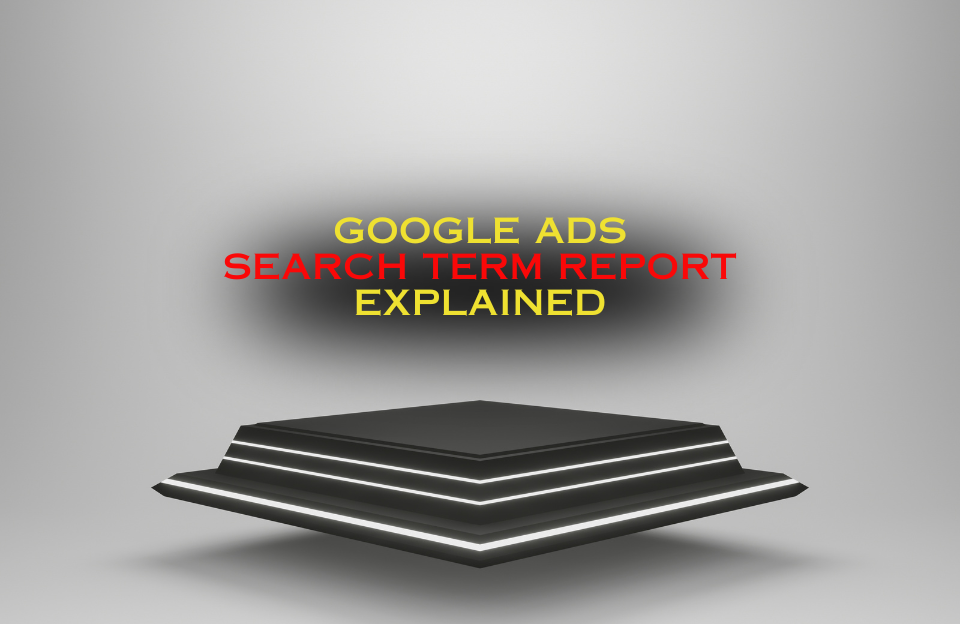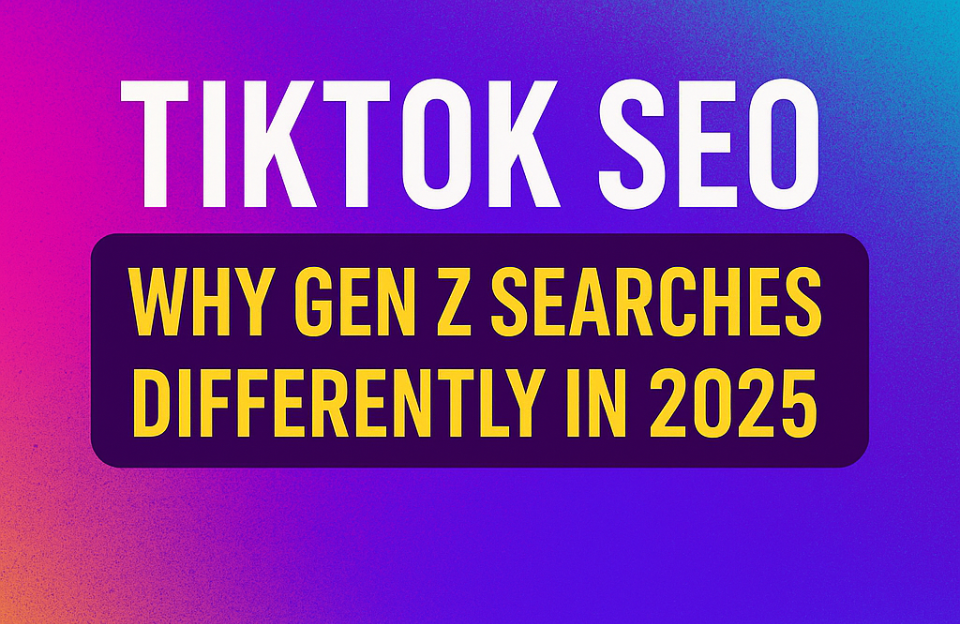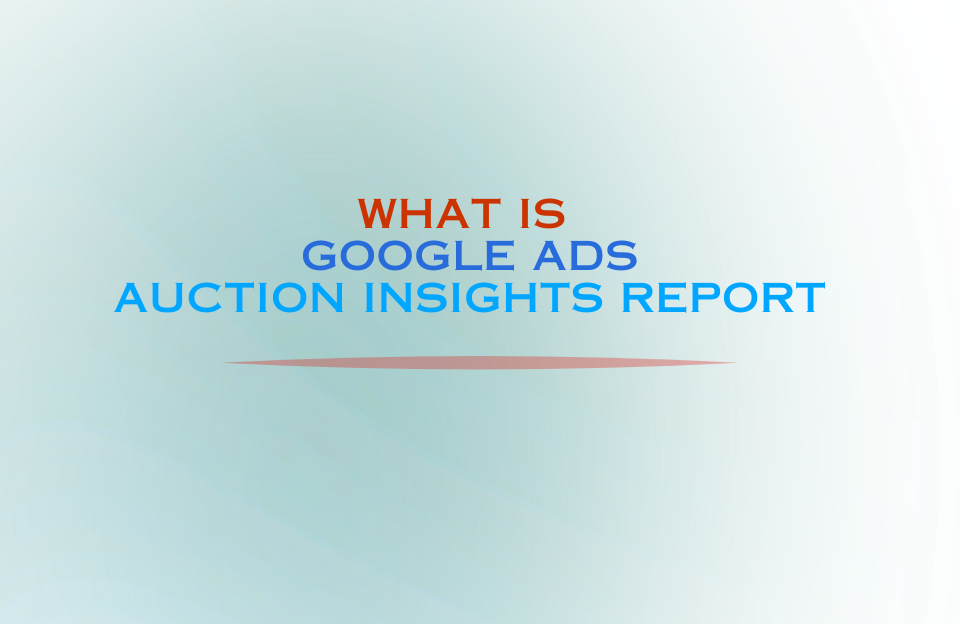Google Display Ads are a powerful tool within the Google Ads ecosystem, allowing advertisers to reach users across millions of websites, apps, and Google-owned properties like YouTube and Gmail. Unlike search ads, which are shown based on keyword intent, display ads target users based on audience signals, behaviors, and context, making them an essential strategy for top- and mid-funnel campaigns.
What Are Google Display Ads?
Google Display Campaigns use visually engaging formats—such as static images, animated banners, rich media, and video ads—to promote products and services. These ads appear across the Google Display Network (GDN), which spans over 35 million websites and apps, and reaches over 90% of global internet users. Display advertising allows brands to build awareness, influence consideration, and even drive conversions through remarketing strategies.
Types of Display Ads
- Responsive Display Ads: Google automatically adjusts the size, appearance, and format of your ads to fit available ad spaces. You provide headlines, descriptions, images, and logos; Google does the rest.
- Uploaded Image Ads: Custom banner ads created outside of Google Ads and uploaded in supported formats (e.g., JPG, PNG, GIF, HTML5).
- Dynamic Remarketing Ads: Personalized ads that show users products or services they previously viewed on your website.
- Gmail Ads: Interactive ads that appear in the Promotions and Social tabs of Gmail and expand into full-screen ads.
Key Features of Display Campaigns
- Audience Targeting: Options include affinity audiences, custom segments, in-market audiences, remarketing lists, and similar audiences.
- Automated Bidding: Smart Bidding strategies like Target CPA and Maximize Conversions are available for performance optimization.
- Content Targeting: Ads can be shown on specific placements, topics, or based on keywords found on web pages.
- Ad Scheduling & Frequency Capping: Control when your ads show and how often users see them.
- Cross-device Reach: Reach users on mobile, desktop, and tablet across apps and websites.
Best Practices for Display Ads
- Use high-resolution images that align with your brand identity.
- Keep text concise and include a clear CTA (e.g., “Shop Now”, “Learn More”).
- Test different headlines and descriptions in Responsive Display Ads.
- Segment audiences and tailor creatives for each segment.
- Enable optimized targeting to extend your reach beyond selected audience segments.
- Use exclusion lists for placements that don’t align with your brand.
- Set up conversion tracking and use Smart Bidding to improve ROI.
- Monitor viewability and interaction metrics, not just clicks and conversions.
Placement Exclusions: Why It Matters
To avoid wasting budget on irrelevant or low-quality placements, it’s crucial to actively exclude certain types of inventory. One common example is excluding mobile apps, which often generate unintentional clicks and poor performance. Instead of manually excluding individual apps, use the placement exclusion mobileappcategory::69500 at the account level. This setting excludes all app categories in one go. From there, you can apply or refine exclusions at the campaign level based on your goals.
Use Cases
- Brand Awareness: Launch a new product with high-impact visuals to drive reach and impressions.
- Remarketing: Bring back users who abandoned their cart or browsed key product pages.
- Lead Generation: Promote gated content or lead magnets to build your email list.
- Event Promotion: Use geotargeting and countdown ads for upcoming events or store openings.
- Seasonal Campaigns: Advertise gift guides, sales, or holiday promotions to specific audience groups.
Measurement and Optimization
Success in Display campaigns is driven by continuous testing and optimization. Important KPIs include:
- Click-through Rate (CTR)
- Viewable Impressions (vCPM)
- Cost per Acquisition (CPA)
- Conversion Rate
- Engagement Metrics (time on site, pages per session)
Tools for Display Optimization
- Google Ads Display Planner
- Google Ads Editor
- Google Ads Asset Guidelines
- Performance Reports for Display Ads
Comparison to Other Campaign Types
While Search campaigns target intent via queries, Display campaigns target passive users through context and audience signals. Display ads are typically higher in the funnel and excellent for awareness, while Search excels in capturing demand.
Compared to Performance Max, Display offers more control over placement and creative but lacks PMax’s automation depth. For a high-performing strategy, Display can be layered with remarketing audiences while reserving PMax for broader reach.
Conclusion
Google Display Ads are an essential tool for full-funnel marketing strategies. With the right creatives, audience segmentation, and bidding strategies, you can drive brand lift, influence consideration, and convert users—especially when combined with other formats like Responsive Search Ads and Performance Max campaigns.
Want to learn more about other campaign types? Read our RSA Guide: What Are Responsive Search Ads?




